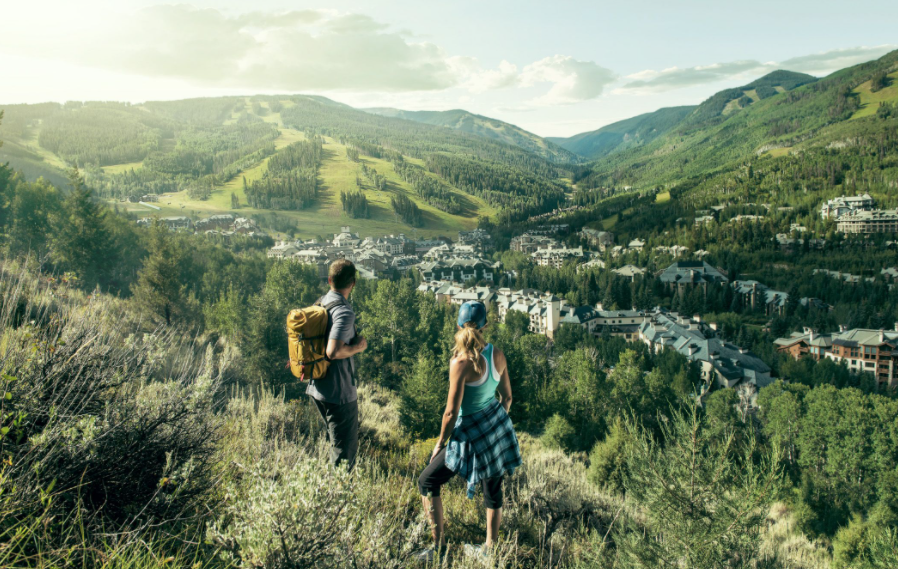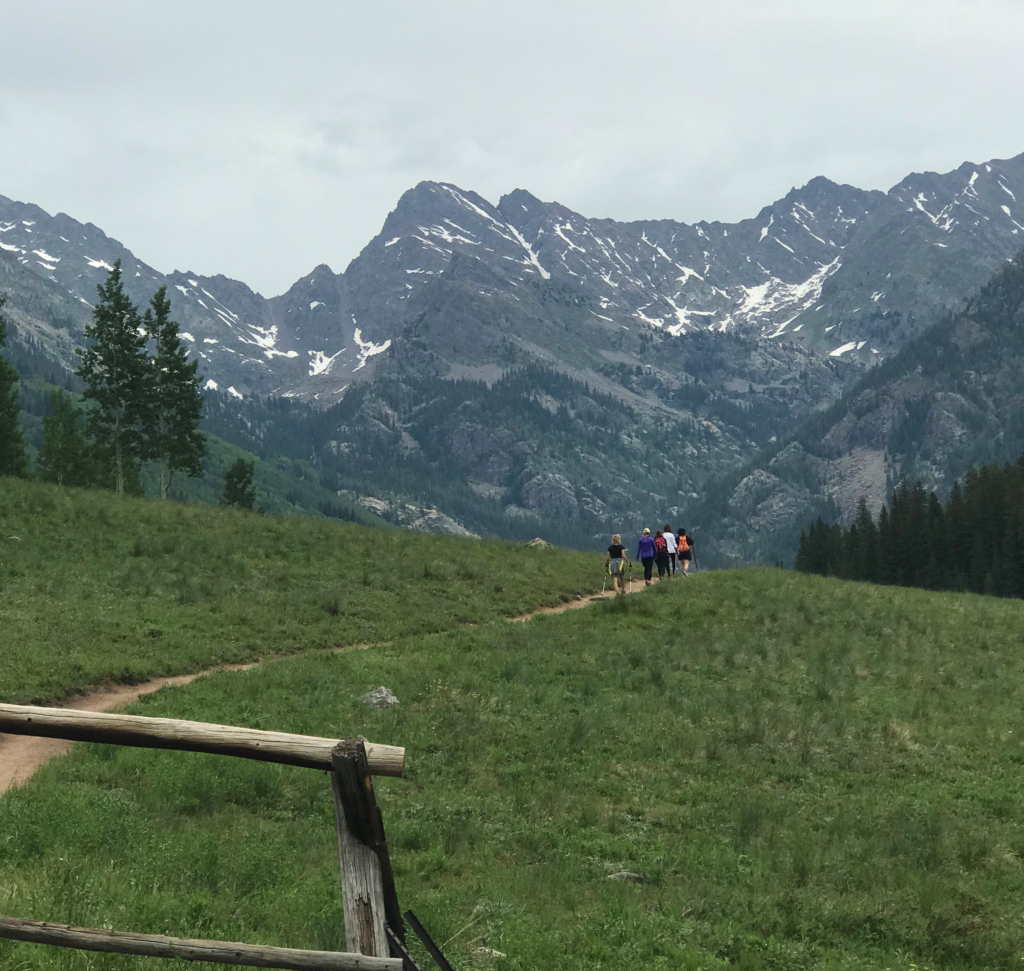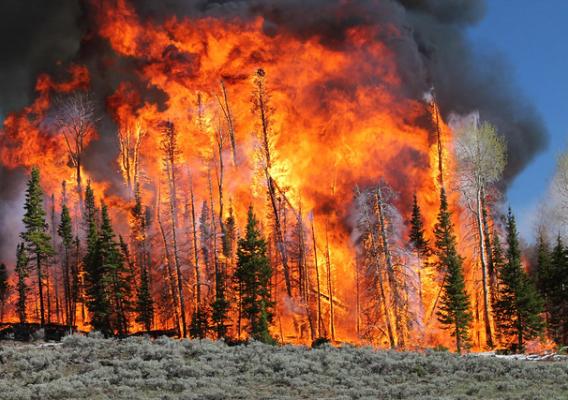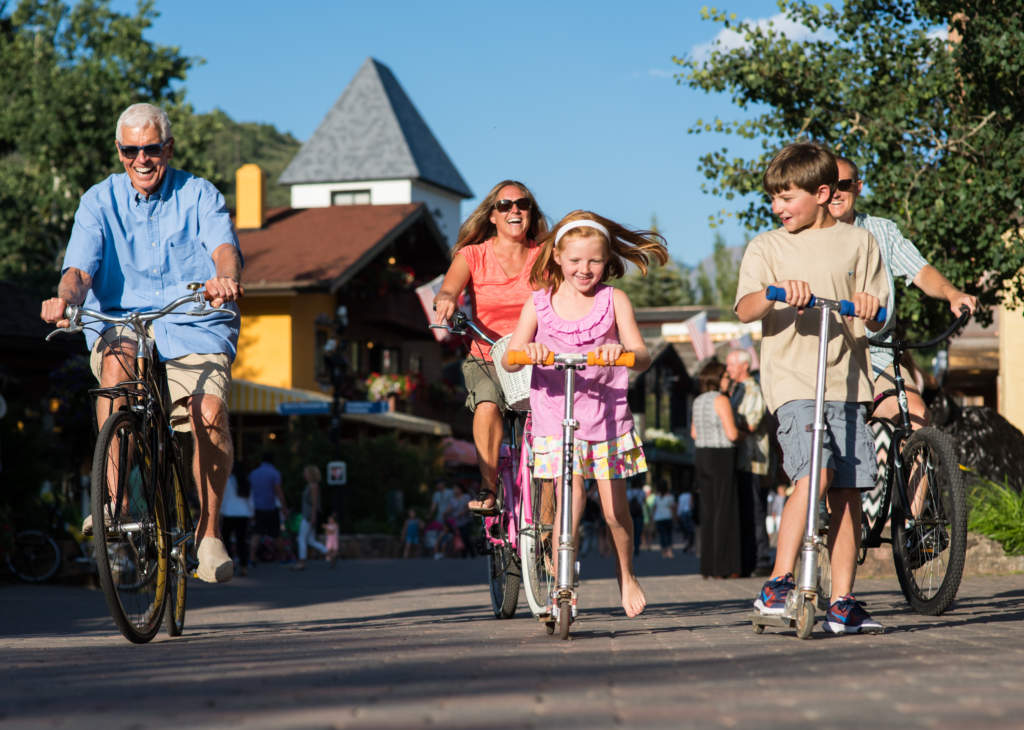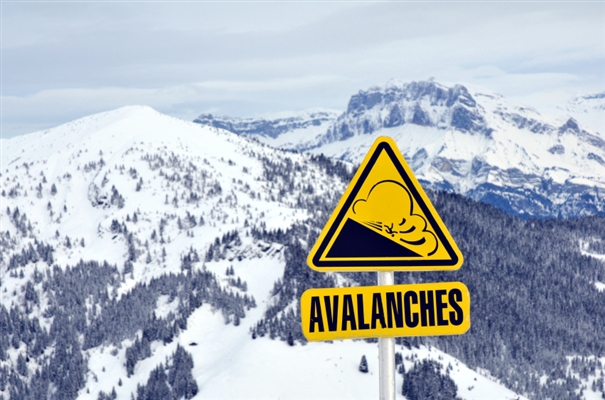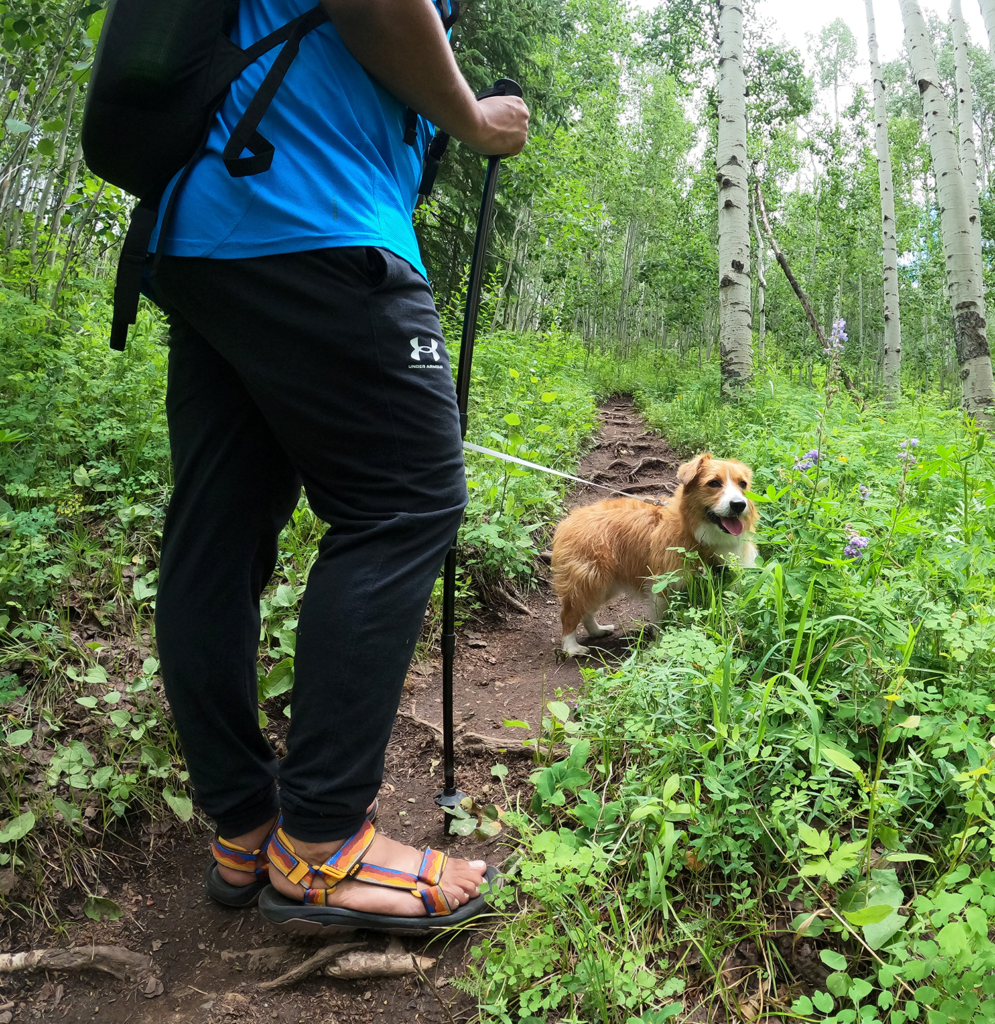Winter backcountry recreation can be tremendously rewarding, but it’s not without risk. No matter your chosen activity — hut trips, snowmobiling, split boarding, ice fishing, snowshoeing, cross-country skiing, and more — if you plan to head off the beaten path, please do so responsibly. It’s your duty to be prepared. Always check for area closures and check the weather forecast. Tell someone where you’re headed and when you plan to be back home. Watch our Respect the Backcountry video.
Because avalanches can happen in any season, it’s a good idea to brush up on your avalanche education, especially if you’re new to the backcountry. The Colorado Avalanche Information Center (CAIC) Resources Page is a great place to start. According to Colorado Avalanche Information Center’s director Dr. Ethan Greene, “On average, six people die in Colorado in avalanches each year. It is more than any other natural hazard that’s weather related. More people die in avalanches in Colorado — on average and in total — than any other state.” Survival, if you’re buried in an avalanche, is about 45 percent.
Should you need help, Colorado’s volunteer backcountry search-and-rescue teams are available 24/7 for all who need them and they can be activated through a 911 call or a satellite-messaging device. Learn more about backcountry safety here.


